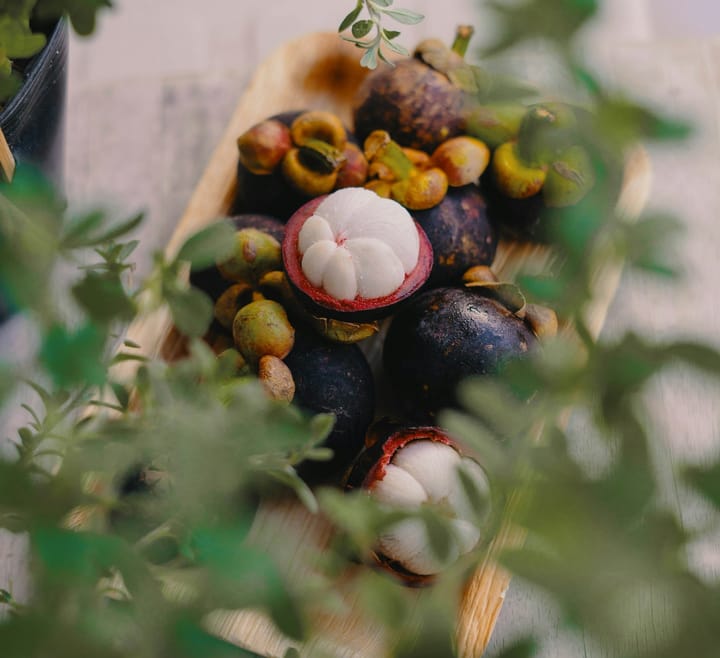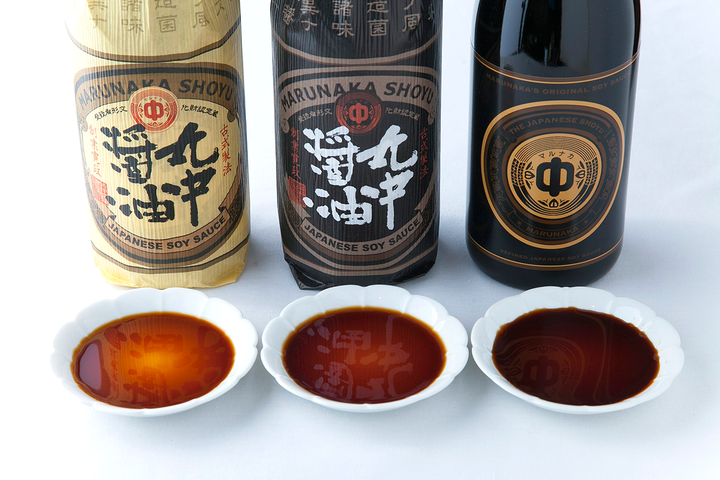Kuri Matsuri: Discovering Japan's Sacred Chestnut Festival
Discover the mystical autumn tradition of Kuri Matsuri, where Japan's mountain villages come alive with ancient harvest ceremonies, as generations of farmers celebrate the revered chestnut through time-honored rituals, cultural performances, and culinary artistry

Historical Origins and Cultural Significance
In the heart of Japan's chestnut-growing regions, as autumn paints the landscape in rich amber and gold, a centuries-old celebration comes to life.
The Kuri Matsuri, or Chestnut Festival, represents far more than a simple harvest celebration – it embodies the profound connection between Japanese cultural heritage, agricultural traditions, and seasonal gastronomy.
The Heart of the Festival: Obuse, Nagano
The festival finds its most notable expression in Obuse, a picturesque town nestled in Nagano Prefecture, though similar celebrations occur throughout Japan's chestnut-producing regions.
Each year, as September gives way to October, these communities transform into vibrant cultural hubs where tradition and modernity intertwine around the humble yet revered Japanese chestnut.
Ancient Roots and Historical Context
The historical roots of Kuri Matsuri trace back to ancient agricultural practices when communities would gather to celebrate successful harvests and pray for continued abundance.
Japanese chestnuts, known as kuri, have been cultivated in Japan since the Jōmon period (14,000-300 BCE), with archaeological evidence suggesting their importance in early Japanese society. This deep historical connection is reflected in the festival's various customs and rituals.
Traditional Roasting Demonstrations and Techniques
During the festival, visitors are immersed in a sensory journey that begins with the distinctive aroma of roasting chestnuts wafting through the air.
Local farmers, many representing families who have cultivated chestnuts for generations, demonstrate traditional roasting techniques using specially designed roasting vessels called kuri-gama, where chestnuts are carefully heated over controlled flames to achieve the perfect texture and flavor.
Culinary Celebrations: From Traditional to Contemporary
The culinary aspect of Kuri Matsuri showcases the versatility of Japanese chestnuts in both traditional and contemporary cuisine.
Festival-goers can experience traditional kuri-gohan, where perfectly steamed rice is cooked with seasonal chestnuts, imparting a subtle sweetness and distinctive aroma.
Local confectioners present an array of wagashi featuring chestnuts, from classic kuri-yokan to innovative creations.
Modern interpretations include chestnut-based pasta, pastries, and creative fusion dishes that demonstrate how Japanese chestnut culture continues to evolve while maintaining its cultural significance.
Educational Initiatives and Agricultural Knowledge
Beyond the gastronomic celebrations, Kuri Matsuri serves as a vital educational platform.
Agricultural experts conduct workshops on sustainable chestnut cultivation, sharing knowledge about proper tree care, pest management, and harvesting techniques.
These sessions ensure the continuation of chestnut farming traditions for future generations, passing down centuries of accumulated wisdom through hands-on learning experiences.
Cultural Programming and Artistic Traditions
The festival's cultural programming reflects the deep integration of chestnuts in Japanese artistic traditions.
Traditional performances of taiko drumming and folk dances incorporate themes of harvest and abundance. Local artisans demonstrate the craft of working with chestnut wood, known for its durability and beautiful grain patterns.
The ancient art of textile making using chestnut dye showcases how this versatile tree has influenced multiple aspects of Japanese creative expression.
Community Engagement and Youth Education
The festival creates meaningful connections across generations through active community involvement.
Local schools integrate agricultural heritage into their curriculum leading up to the festival.
Students participate in chestnut-gathering excursions, experiencing firsthand the satisfaction of harvest work.
These educational initiatives ensure that young people understand and appreciate their region's agricultural heritage while developing a personal connection to traditional farming practices.
Economic Impact and Tourism
Kuri Matsuri has evolved into a significant economic driver for local communities.
The festival provides a crucial marketing platform for chestnut farmers and food producers, helping them establish direct connections with consumers and maintain the premium status of Japanese chestnuts.
The event draws visitors from across Japan and internationally, supporting local businesses and contributing to the regional tourism industry throughout the autumn season.
Environmental Sustainability and Future Adaptations
Environmental consciousness has become central to modern Kuri Matsuri celebrations.
Festival organizers emphasize the ecological benefits of traditional chestnut cultivation, which typically involves minimal chemical inputs and supports biodiversity.
Farmers share their experiences with organic farming methods and the importance of maintaining healthy soil ecosystems.
As climate change presents new challenges, the festival facilitates discussions about adapting cultivation practices while preserving traditional methods.
Preserving Tradition in Modern Times
The Kuri Matsuri stands as a testament to the enduring significance of chestnuts in Japanese culture.
Through this festival, the tradition of Japanese chestnut cultivation continues to thrive, adapting to contemporary challenges while maintaining its cultural essence.
It represents the perfect balance between agricultural heritage, culinary artistry, and community solidarity, ensuring these precious traditions endure for future generations to appreciate and preserve.


